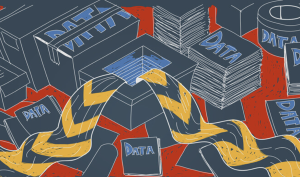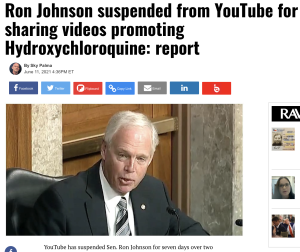Aren’t getting near enough coverage from industry media.
We’re talking about the battle over prior authorizations (PA) and the Change Healthcare cyber attack.
Both have major implications for healthcare and workers’ comp; I’ll very briefly summarize both here and we’ll dive in next week.
Prior Auth.
PAs are used by healthcare payers to evaluate medical procedures, drugs, facility services and treatments before approving them. There’s been a major effort by the AMA and others to restrict the use of PAs, claiming PAs are all about increasing insurer profits, harming patients, delaying care, and leading to the end of civilization.
Well, maybe not the last, but pretty close.
PAs were instituted decades ago because some treatments/services/procedures/ hospital stays appeared to be unnecessary.
Several states appear ready to restrict the use of PAs or otherwise limit their use, add requirements and tighter time limits.
Needless to say, there’s a lot of claims and counter-claims out there, some pretty strident with language intended to inflame.
Net – keep a close eye on this…it’s an election year and pols may well lean into the PA fight…likely on the side of physicians.
Change cyber attack.
I posted on this a few days ago…Change, which is part of UnitedHealthcare’s Optum subsidiary, suffered a major cyberattack a few weeks ago, one that has crippled a huge chunk of payer-provider electronic communications.

From WebMD
Change Healthcare, part of Optum and owned by UnitedHealth Group, processes about half of medical claims in the U.S. for about 900,000 doctors, 118,000 dentists, 33,000 pharmacies, 5,500 hospitals, and 600 laboratories…
Much of the system is (reportedly) back up and running, but the fallout – severe cash crunches for small practices, delays in PA transmissions, confusion on what’s covered and what isn’t – continues to make life miserable for office staffs, providers, insurers and banking entities.
Net – expect the Feds to dive deep into this, assess impacts, require much studier cyber protections and regulatory controls/monitoring of healthcare’s electronic information exchanges.
note – Change was an HSA consulting client prior to it’s acquisition by Optum.














